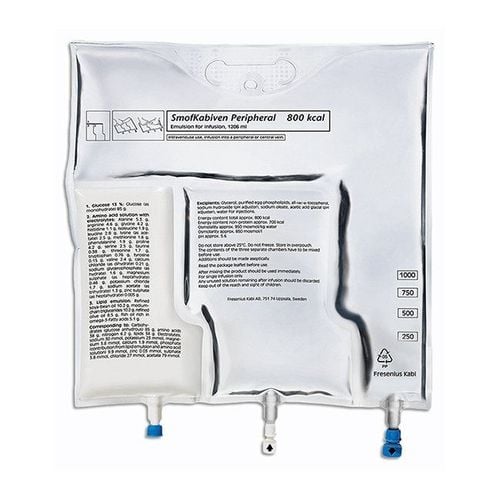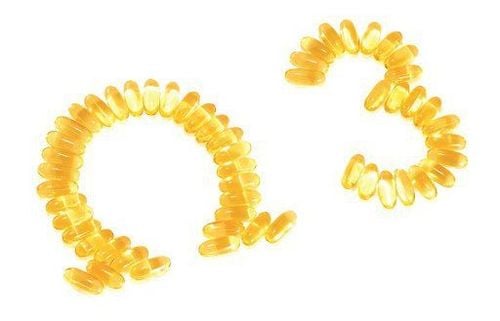This is an automatically translated article.
Omega 3, omega 6 and omega 9 fatty acids play an important role in everyone's health. So how to distinguish omega 3, 6, 9?
1. Omega 3
Omega 3 is an unsaturated fatty acid, also known as unsaturated, with many double bonds. The human body needs omega 3 to be absorbed from daily food because it cannot be synthesized by itself.
Depending on their chemical shape and size, there are different types of omega 3s such as eicosapentaenoic acid (EPA) which helps reduce inflammation and symptoms of depression, docosahexaenoic acid (DHA) which contributes to the development and For brain function, alpha-linolenic acid (ALA) is very beneficial for heart, immune and nervous system health.
Trắc nghiệm: Muối trong thực phẩm, natri, huyết áp và sức khỏe của bạn
Muối, natri là chất khoáng cần thiết cho cơ thể để duy trì hoạt động ổn định. Tuy nhiên, chế độ ăn thừa muối có nguy cơ cao dẫn tới các vấn đề sức khỏe nghiêm trọng. Cùng làm bài trắc nghiệm sau đây để hiểu hơn về những ảnh hưởng của các khoáng chất này tới huyết áp và sức khỏe bạn thế nào nhé.
Nguồn tham khảo: webmd.com
1.1 Benefits of omega 3
According to the recommendations of the American Heart Association, the diet should have 2 servings of fish per week, especially oily fish to supplement omega 3 fatty acids for the body.
Omega 3 is present in cell membranes and performs important functions including:
Improves heart health and problems: In the body, omega 3 helps control blood cholesterol, bad fats and cholesterol levels. blood pressure. Therefore, omega 3 can improve and prevent cardiovascular diseases such as atherosclerosis, lipid metabolism disorders, myocardial infarction. Mental health support: Omega 3 supplements help control or prevent Parkinson's disease, depression, and psychosis in people at risk. But to confirm this benefit more research needs to be conducted. Besides, omega 3 also helps to improve and maintain memory in the elderly. Weight loss and waist circumference: Omega 3 may help control weight and waist circumference, but more research is still needed to confirm this effect of omega 3. Reducing liver fat: Some studies Early research shows that consuming foods rich in omega 3 can help reduce fat in the liver. Support infant brain development: For the fetus, omega 3 supports brain development because they contribute to the formation of neurons and transport nutrients for the brain to work. Anti-inflammatory: For some chronic conditions, omega 3 helps control inflammation. But if there is no balance between the intake of omega 3 and omega 6 in the diet, consuming more omega 6 than omega 3 can contribute to inflammation and a number of chronic diseases such as atherosclerosis, diabetes, heart failure, and heart failure. rheumatoid arthritis.
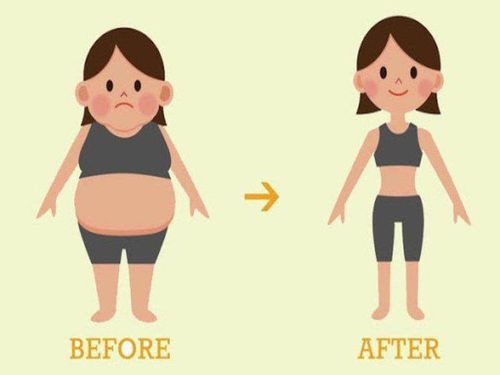
1.2 Foods rich in omega 3
Fatty fish, oily fish such as salmon, mackerel, sardines, anchovies are the best sources of omega 3, especially EPA and DHA. In addition, marine foods rich in omega 3 also contain algae oil. The type of omega 3, ALA, is mainly found in plant foods such as chia seeds, walnuts, and flaxseeds.
MORE: 12 foods rich in Omega 3
2. Omega 6
Omega 6 is also an unsaturated fatty acid and has many double bonds. The body does not produce omega 6 on its own, so the diet must include foods rich in omega 6 to supplement this substance for the body. Omega 6 has the following types: linoleic acid (LA), gamma linolenic acid (GLA), dihomo-gamma linolenic acid (DGLA). In it, linoleic acid is converted to arachidonic acid (AA), which is also an omega 6.
To ensure the benefits that omega 6 and omega 3 have for health, we need to optimize the ratio of omega 6: omega 3 is 1:1 to 4:1. However, the current diet causes this ratio to vary greatly, ranging from 15:1 to 17:1.
2.1. Benefits of Omega 6
Omega 6 can help treat a number of chronic conditions. Two types of omega 6, GLA and DGLA (in which, DGLA is converted to by GLA) work to reduce the symptoms of inflammation. In addition, omega 6 is also known to help improve cardiovascular problems such as reducing triglyceride and cholesterol levels in the blood.
2.2 Foods rich in omega 6
High content of omega 6 substances found in refined vegetable oils and foods cooked with vegetable oils such as soybean oil, corn oil, sesame oil. Nuts like nuts, walnuts, cashews, almonds, sunflower also contain omega 6.
MORE: 10 Omega-6 Rich Foods
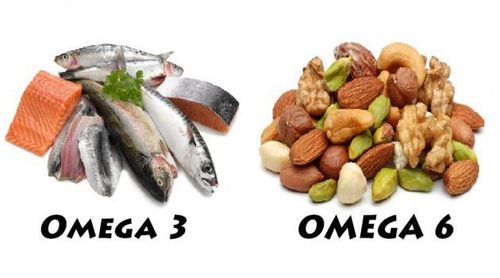
3. Omega 9
The difference between omega 3 - 6 - 9, is that omega 9 fatty acids are a fat with only one double bond, so it's called a monounsaturated fat and can be produced. Therefore, omega 9 is not an essential fatty acid. Omega 9 includes oleic acid, mead acid, erucic acid and nervonic acid.
3.1. Benefits of Omega 9
Although the body can produce omega 9 on its own, we also need to get omega 9 from our diet instead of consuming other types of fat, as omega 9 can have many health benefits.
A diet rich in omega 9 in particular and monounsaturated fats in general improves insulin sensitivity in diabetics and reduces inflammation. In addition, omega 9 also helps improve some cardiovascular problems such as stroke by increasing good cholesterol (HDL) levels and reducing bad cholesterol (LDC) levels in the blood. Omega 9 is also known to support the treatment of patients with Alzheimer's disease and help improve mood very well.
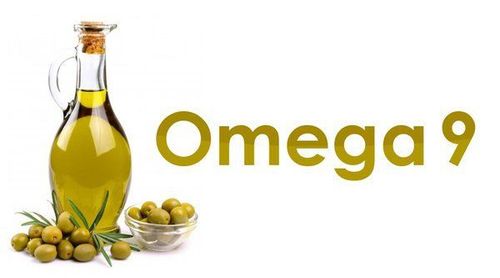
3.2 Foods rich in omega 9
You can find omega 9 in vegetable oils like olive oil, peanut oil and some nuts like walnuts, almonds, cashews. Salmon, animal fat and poultry also contain omega 9.
4. Should you supplement with omega 3 6 9?
Functional foods or complementary oils that combine all 3 types of omega 3 - 6 - 9 fatty acids usually contain a ratio of 2:1:1. Such oils can help increase omega 3 levels and optimize the omega 6:omega 3 ratio so that the ratio is lower than 4:1.
However, it should be noted that omega 6 is easy to get enough from the daily diet, while omega 9 can be produced by the body. Therefore, we do not need to pay too much attention to supplementing these two fatty acids. Instead, we should focus on supplementing with omega 3, aiming to balance the ratio of omega 3 - 6 - 9.
To achieve this optimal ratio, we need to eat oily fish at least 2 times a week, cook and prepare salads with olive oil. In addition, avoid consuming other vegetable oils and foods that are cooked and fried with refined vegetable oils to limit omega 6. If you know that you do not provide enough omega 3 for the body through the daily diet daily, a concentrated omega 3 supplement should be considered instead of a combination of both omega 3 - 6 - 9 .
Of the 3 types of unsaturated fatty acids omega 3 - 6 - 9, omega 3 is the best and most necessary for humans. Therefore, it is necessary to supplement with omega 3 essential fatty acids, but pay attention to how to balance this amount of omega 3 - 6 - 9 fatty acids.
Please dial HOTLINE for more information or register for an appointment HERE. Download MyVinmec app to make appointments faster and to manage your bookings easily.
Reference source: healthline.com





